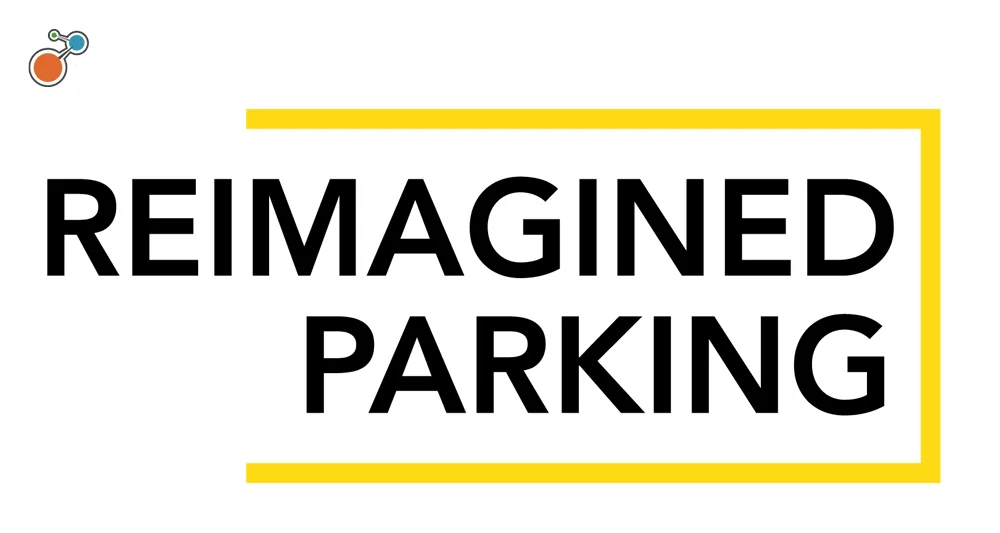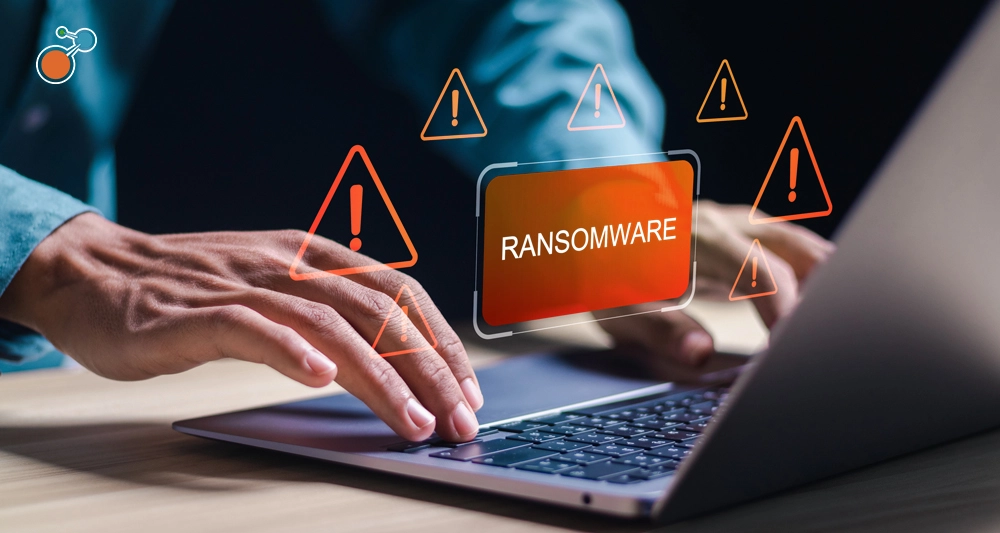An updated RMIS is not just a nice to have any more – it’s a need to have if you want to manage risk effectively. You know that, your team knows that, but top executives? Maybe not so much.
Those who don’t live and breathe risk management on a daily basis often need a little more convincing about the value of a state-of-the-art RMIS to the organization before getting on board with the idea. Here are 8 points that can help you build support, whether you are making a formal group presentation or having a casual one-on-one meeting.
1. Stop the domino effect. One risk impacts another, which impacts another … and another … all the way down the line. Misunderstanding – or worse completely missing – even one of those risks can dramatically affect everything downstream. And that can easily happen if you’re working with disparate systems or unreliable data. An updated RMIS will give you a clear line-of-sight to all of your risks so you know exactly what you’re dealing with at every level, as well as the cumulative impact on the organization.
2. Better data = better results. It all starts with the data. It’s tough to make good decisions using bad data. If your data is missing, outdated, or not quite accurate, you’re probably being guided by gut instinct more than anything else. And that can be pretty hard to justify if those decisions lead to costly missteps. A new RMIS offers intuitive forms, automatic alerts, real-time access to data, integration with third-party systems, and instant data validation to capture information efficiently and accurately. And that can be a game-changer for performance.
3. Do more with less. It’s a fact. Software does a much better job at tasks like collecting and consolidating data than humans could ever do. But it takes humans to turn that data into actionable intelligence. An up-to-date RMIS allows you to focus your brainpower on analyzing what the data means, capturing all that previously wasted value for the organization.
4. An ounce of prevention … Have you ever been blindsided by a huge claim or a tragic event? The cost can be enormous in terms of dollars, reputation, and even lives. New RMIS software helps eliminate surprises by surfacing potential issues before they turn into major problems. An ounce of prevention really is worth a pound of cure.
5. Pretty is as pretty does. Yes, today’s RMIS will make your data look prettier. But that pretty is filled with purpose. Dashboards, charts, and graphs can tell a powerful story about your current and potential risks and how they interrelate. User-friendly screens combined with advanced analytics and sophisticated reports also make it easy to visualize the effects of changing conditions and get the answers you need to act quickly.
6. The compliance conundrum. Navigating the complex rules and regulations to stay in compliance is a big job with even bigger consequences. The right RMIS can help you avoid steep fines and stay in compliance by proactively monitoring legislation and automating required regulatory functions.
7. What about security? Data breaches unfortunately have become the rule, not the exception. If your system isn’t equipped with the latest and greatest security measures, you could be opening yourselves up to all sorts of problems – especially if your data contains sensitive information. Today’s RMIS protects all of your data in a secure, cloud-based environment with sophisticated disaster-recovery protections. Not only will this give you peace-of-mind, it can help protect your organization’s future finances and reputation.
8. Nothing is free. Are you hanging on to your current system as a way to save money? The reality is that older systems are often more expensive than new technology because maintenance and data deficiencies put you at an extreme disadvantage for managing risk effectively. Today’s RMIS can offer immediate cost savings by significantly reducing labor costs through automation and workflow improvements. And over the longer term, the system can identify other cost-savings opportunities via analysis and insights that previously may have gone undetected.
A RMIS almost always pays for itself – often in as little as two years. If you reduce TCOR by 1% to 3%, the math speaks for itself. And who can argue with that.




